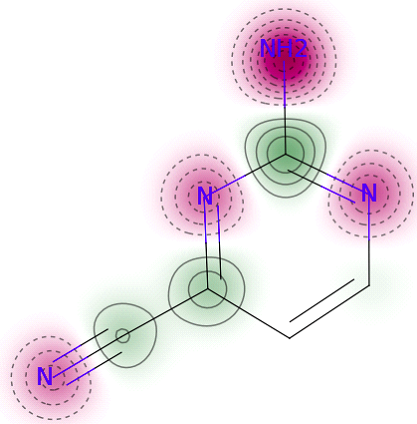Quantum Generative Models for Small Molecule Drug Discovery
Existing drug discovery pipelines take 5-10 years and cost billions of dollars. Computational approaches aim to sample from regions of the whole molecular and solid-state compounds called chemical space which could be on the order of 1060 . Deep generative models can model the underlying probability distribution of both the physical structures and property of drugs and relate them nonlinearly. By exploiting patterns in massive datasets, these models can distill salient features that characterize the molecules. Generative Adversarial Networks (GANs) discover drug candidates by generating molecular structures that obey chemical and physical properties and show affinity towards binding with the receptor for a target disease. However, classical GANs cannot explore certain regions of the chemical space and suffer from curse-of-dimensionality. A full quantum GAN may require more than 90 qubits even to generate QM9-like small molecules. We propose a qubit-efficient quantum GAN with a hybrid generator (QGAN-HG) to learn richer representation of molecules via searching exponentially large chemical space with few qubits more efficiently than classical GAN. The QGANHG model is composed of a hybrid quantum generator that supports various number of qubits and quantum circuit layers, and, a classical discriminator. QGAN-HG with only 14.93% retained parameters can learn molecular distribution as efficiently as classical counterpart. The QGAN-HG variation with patched circuits considerably accelerates our standard QGANHG training process and avoids potential gradient vanishing issue of deep neural networks. Code is available on GitHub https://github.com/jundeli/quantum-gan.
PDF Abstract

